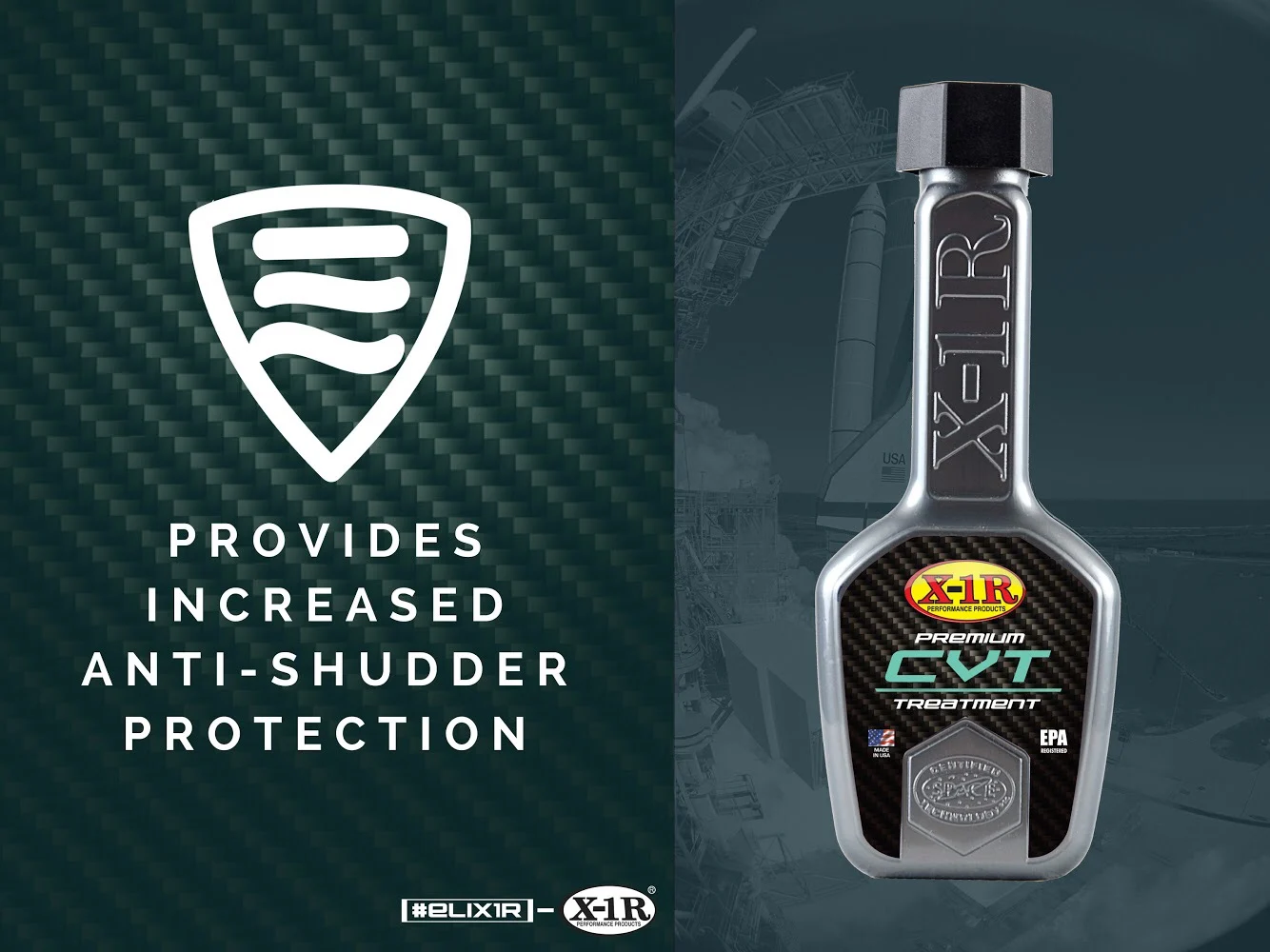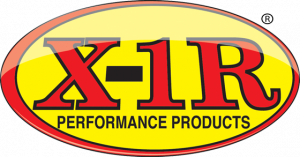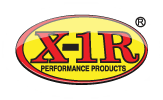
We have often heard about CVT transmission but do we really know what it actually is? We may be able to differentiate what an automatic and manual transmission is but when it comes to CVT, we may only have a vague idea.
Here’s a little bit of history for starters. The forefather of a CVT application is a chap by the name of Leonardo Da Vinci who made the invention way back in 1490. Yes, the Italian Renaissance polymath who introduced many inventions and ideas as well as paintings.
Over the years there were many variations to what we know now as CVT. It is actually an automatic transmission that does not have the number of gears like majority of cars, but instead, the transmission can change seamlessly through a continuous range of effective gear ratios.
A heavy duty belt or chain runs between two grooved pulleys with a system of hydraulic actuators allowing the effective ratio to be ‘infinitely’ varied within a range of ratios seamlessly.
CVT comes with advantages such as better fuel consumption, improvements in acceleration, flexible suspension system, less greenhouse gas emissions, ability to adapt to varying road conditions and power demands.
A video of how CVT works: https://youtu.be/xHWqlfDZnmQ<
There you have it – it moves like an automatic transmission but doesn’t have gears, offers better mileage and reduces the carbon footprint. Wouldn’t that be the solution to all real world driving problems? Not quite. Rain and heat play a significant role as do wear and tear. And don’t forget driving characteristics.
One of the main problems a lot of manufacturers are having is the low mileage at which the CVT’s are failing. CVT’s are more complex and specialized than standard automatic transmissions so higher repair or replacement costs are needed.
Costly strength materials and high-tech lubricants are needed to produce the transmission’s belt or chain to withstand wear and tear from a great deal of torque from the engine.
The primary cause of failure is wear and tear on the belt system due to the ever changing position of the belt/chain this can result in a loss of power, slipping, delayed gear engagement, improper shifting, bad odor, hesitation and shuddering.
However, we have a solution called the X-1R CVT Treatment. It is a fully synthetic CVT fluid Treatment that is specifically formulated to exceed the performance requirements of a wide range of vehicles that have either a push-belt or chain CVT.
Here, we’ve listed the primary benefits of using X-1R CVT Treatment:
- Extends friction durability by providing superior anti-shudder performance and thus enhanced driver comfort.
- Balanced torque capacity and anti-shudder performance to provide;
- Increased safety
- Longer transmission life
- Extended service intervals
- Dramatically improves extreme pressure and anti-wear performance which effectively reduces friction in the transmission.
- Enhances oxidative stability that gives extended fluid life
- Seals conditioners to help reduce the chance of leakage
- Suitable for all continuously variable transmissions allowing for optimized supply chain and reduces operating costs.
The use of X-1R CVT Treatment will quieten down a noisy transmission, stop juddering and basically restore an as new feeling to the car. But remember this is a preventative and not a curative. Like X-1R always says – Vitamins for your car.
Go to www.x1rasia.com for more information on CVT Treatment and other products.


